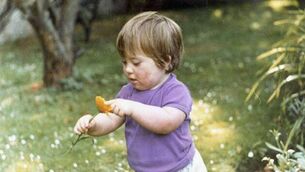When it comes to sport, it really is the taking part that counts
But it would be a surprise, albeit pleasant, if her achievements lead to a surge of female participation in sport, most especially boxing. The evidence of the past, unfortunately, is that Olympic success does not lead to a surge in participation by others in the absence of suitable facilities and encouragement. We have a tendency to admire but not to try to emulate.
Sonia O’Sullivan’s brilliance for near a decade — and the high profile of her running achievements, culminating in a World Championship victory and a silver Olympic medal 12 years ago — did not result in a surge in the numbers of girls taking up track athletics. Four years prior to that Olympic achievement, Michelle Smith’s brilliance in Olympic swimming at Atlanta did not persuade a generation of girls to head for the pool to learn to be like her (and it was nothing to do with her subsequent disgrace and four year ban for tampering with a drug test).














